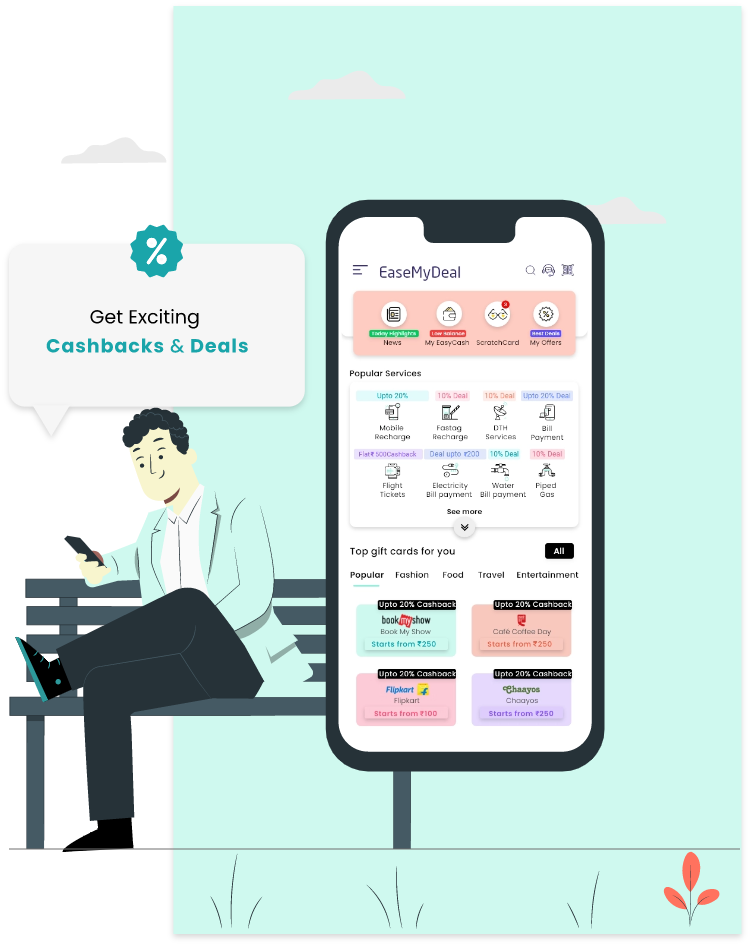Don't have an account?
Login to EaseMyDeal

2023-12-14
236
In the evolving landscape of financial services, peer-to-peer (P2P) lending and borrowing have emerged as transformative alternatives to traditional banking systems. These decentralized platforms connect individuals seeking loans directly with those willing to lend, fostering a more direct and efficient financial ecosystem. Here, we explore the intricacies of peer-to-peer lending and borrowing, shedding light on how these platforms work, who can participate, and the myriad benefits they offer.
Understanding Peer-to-Peer:
Peer-to-peer lending, often referred to as P2P lending, is a form of crowdfunding that connects individuals in need of funds with those willing to lend money. This model eliminates the need for traditional financial institutions, allowing for more personalized and streamlined borrowing and lending experiences.
How Does Peer-to-Peer Work?
1. Platform Registration:
Participants, both lenders and borrowers, register on P2P lending platforms. These platforms serve as intermediaries, facilitating to fulfil the financial needs.
2. Borrower Listing:
Borrowers create loan listings outlining the amount they need, the purpose of the loan, and the interest rate they are willing to pay. This information assists lenders in making informed decisions.
3. Lender Participation:
Lenders browse through available loan listings and choose the ones that align with their risk tolerance and investment preferences. They then contribute funds to the selected loans.
4. Loan Approval and Disbursement:
Once a loan is fully funded, it goes through a verification process conducted by the P2P platform. Once approved, the borrowed funds are disbursed to the borrower.
5. Repayment:
Borrowers repay the loan in installments, including principal and interest, over a specified period. P2P platforms facilitate the collection of repayments and distribute them to the lenders.
Who Can Participate in Peer-to-Peer?
Both individuals and institutional investors can participate in P2P lending. This inclusivity democratizes access to credit, allowing a wide range of people to either lend money and earn returns or borrow funds at competitive rates, often more favorable than traditional banking options.
Benefits of Peer-to-Peer Lending and Borrowing:
1. Lower Interest Rates:
P2P lending often results in lower interest rates for borrowers compared to traditional banks. Lenders, in turn, can earn competitive returns on their investments.
2. Accessibility:
P2P platforms provide access to funding for individuals who may face challenges securing loans from traditional financial institutions, fostering financial inclusion.
3. Diversification for Investors:
Lenders can diversify their investment portfolio by spreading funds across multiple loans, reducing risk exposure to a single borrower.
4. Streamlined Processes:
The online nature of P2P lending platforms streamlines the borrowing and lending processes, offering convenience and efficiency to participants.
5. Community Connection:
P2P lending fosters a sense of community as individuals directly support each other's financial goals, creating a more interconnected financial ecosystem.
Conclusion:
Peer-to-peer lending and borrowing represent a significant paradigm shift in the world of finance, empowering individuals to take control of their financial destinies. These platforms provide a viable alternative to traditional banking, offering benefits such as lower interest rates, accessibility, and a sense of community. As technology continues to advance and these platforms mature, peer-to-peer lending is likely to play an increasingly prominent role in shaping the future of personal finance.
.jpg)
Write A Comment